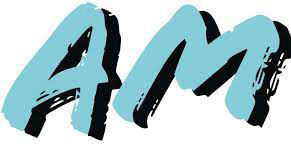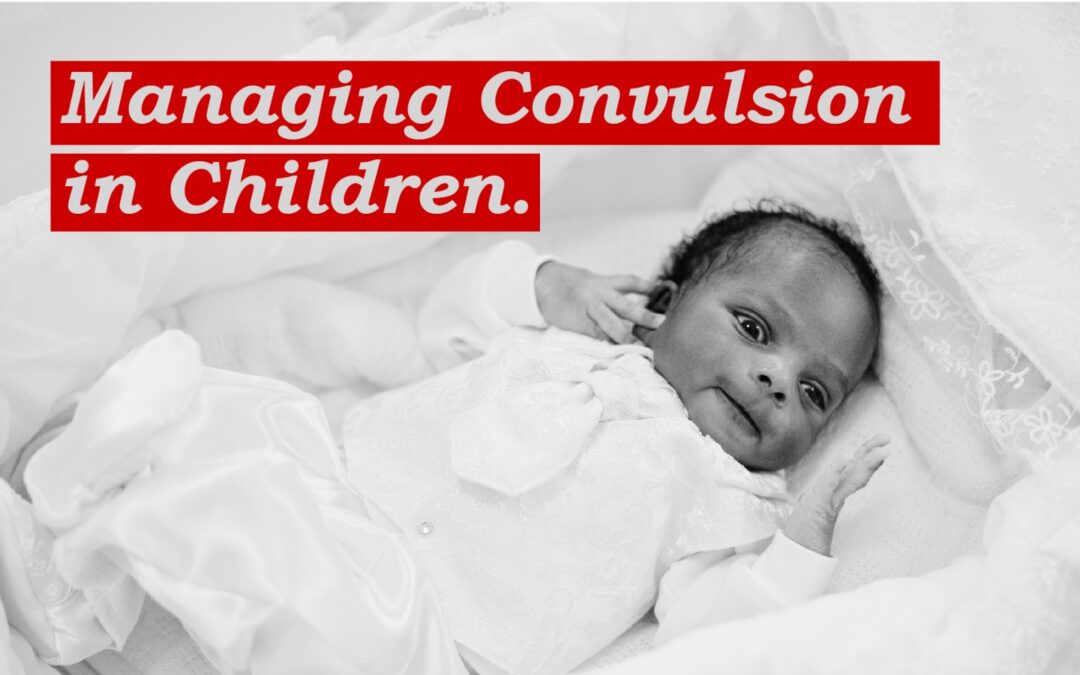MANAGING CONVULSION IN CHILDREN
What is Convulsion?
A Convulsion is an episode that is characterized by rigidity and uncontrolled muscle spasms and loss of consciousness. Convulsions are rapid involuntary muscle contractions that bring about intense shaking of the body, especially limb movement.
Not many people know that convulsions and seizures are not the same thing so the words are most times used interchangeably to describe the same experience. You should note that convulsions can happen during seizures and are infact common during seizures, especially epileptic seizures, however, convulsions can happen even without epilepsy. This is because convulsion can be a symptom of a number of conditions such as sudden fever spike, tetanus, or even hypoglycemia, a condition characterized by a very low blood sugar.
If you’ve had convulsions, it doesn’t necessarily mean you have epilepsy, but it could. Epilepsy is a chronic neurologic condition. Convulsions can be a reaction to a single medical event or a part of a medical condition.
Convulsions in Children?
Convulsions in children are often referred to as febrile convulsions. This is a type of convulsion that occurs as a result of high fever in children, especially in children within the age of 6months to 6years of age. However, studies have shown that it is more common among children at the age of 2years.
Febrile convulsions commonly occur with an infection that in turn raises the body temperature of the child. The child may have a higher temperature than usual when the seizure happens, or they may develop a fever later. In most cases, the fever will be above 101°F (38.3°C) .
Studies have shown that one in every twenty children will have a febrile convulsion and about 30% of babies who have had a febrile convulsion will have another one. However, parents should pay attention because a febrile convulsion does not mean epilepsy and does not cause a brain damage. That is, most febrile seizures do not have any lasting damage on children and sometimes might not need treatment, depending on the severity of the symptoms. Most febrile convulsions do not last more than five minutes, however, if the symptoms proceed beyond the specified amount of time and the child does not recover quickly, it is important that you call an ambulance.
Symptoms of Convulsion in Children
- loss of consciousness (black out)
- twitching or jerking of arms and legs
- breathing difficulty
- foaming at the mouth
- going pale or bluish in skin color
- eye rolling, so only the whites of their eyes are visible
- your child may take 10 to 15 minutes to wake up properly afterwards. They may be irritable during this time and appear not to recognise you.
CARE DURING SEIZURES
If you witness your child’s seizure, it is important to prevent the child from harming him or herself. Some of the things to do include;
- Stay calm as much as possible.
- Place the child on their side to keep the throat clear and allow secretions (saliva or vomit) to drain. Do not try to stop the child’s movements or convulsions. Do not put anything in the child’s mouth, and do not try to hold the tongue. It is not possible to swallow the tongue, although some children may bite their tongue during a seizure, which can cause bleeding. If this happens, it usually does not cause serious harm. Avoid the use of Herbal concoction, palm oil or any home made remedy, it might cause Aspiration for the child.
- Keep an eye on a clock or watch. Seizures that last for more than three to five minutes require immediate treatment.
- Move the child away from potential hazards, such as a stove, furniture, stairs, or traffic.
- Stay with the child until the seizure ends. Allow the child to sleep after the seizure if he/she is tired. Explain what happened and reassure the child that they are safe when they awaken.
- Discuss a post-seizure plan of care with your child’s healthcare professional to determine if and when to call the doctor or go to the emergency room and when to give additional anti-seizure medicine after a seizure.
When to call for help — Call for an ambulance in the following situations:
- If the seizure lasts for more than three to five minutes, one person should stay with the child while another person calls for emergency medical assistance.
- If the child is seriously injured during the seizure (e.g, falls and hits head)
- If the child is having difficulty breathing and/or the skin is blue after the seizure
- If another seizure occurs immediately or if the child cannot be aroused after the seizure
How to Manage Convulsions in Children
It should be noted that not all children will require treatment for seizures, especially if the child only has one seizure and the electroencephalogram (EEG) and magnetic resonance imaging (MRI) (or other imaging test) are normal. Even when treatment is necessary, the long-term impact of seizures is small for most children, especially if there are no underlying abnormalities in the brain.
Some of the ways to manage childhood convulsions include;
- Medications: There are medications made specifically to treat medical conditions such as this. Medications used to prevent seizure are called antiseizure medications, antiepileptic medications, or anticonvulsant medications.
- Most medications are started at a low dose and slowly increased until seizures no longer occur.
- The dose of the medication may be adjusted as the child grows and weight increases or as new medications are added for other problems (eg, asthma).
- A second antiseizure medication may be added or substituted if the first medication was only partially effective in stopping seizures, or if there were significant side effects with the first medication.
It is important to note that many antiseizure medications can interact with other medications; parents should be sure that their child’s healthcare professionals and pharmacist are aware of all prescription and nonprescription medications taken by the child.
- Diet: A special diet, known as the ketogenic diet, has been used as a treatment for children with some types of seizures that do not respond to antiseizure medications. The diet consists of high fat, relatively low carbohydrate and adequate protein. The diet does not usually “cure” the seizures, but it lowers the likelihood of seizures by at least 50 percent in approximately 40 percent of patients, particularly those between one and 10 years of age. Parents should not attempt to start their child on a ketogenic diet on their own; it should be supervised by a well-trained dietitian in an epilepsy center with experience managing the diet. The restriction on eating carbohydrates may be difficult for some children, especially those who are reluctant to try new foods. Parents, teachers, relatives, and friends need to understand that even one bite or taste of a restricted food can lead to a seizure. The diet may significantly change experiences like birthday parties and holidays, which frequently include high carbohydrate foods. Talking to other parents of children who have used the diet may be helpful in deciding whether to attempt it.
Things Every Parent Should Know
The signs and symptoms of a febrile convulsion can be very frightening to parents. Important things to remember include:
- Children suffer no pain or discomfort during a fit.
- A febrile convulsion is not epilepsy. No regular drugs are needed.
- A short-lived fit will not cause brain damage. Even a long fit almost never causes harm. Children who have had a febrile convulsion grow up healthy.
- If you have concerns or questions, contact your doctor. In an emergency, take your child to the nearest hospital emergency department.
REFERENCES
https://www.betterhealth.vic.gov.au/health/conditionsandtreatments/fever-febrile-convulsions
uptodate.com/contents/treatment-of-seizures-in-children-beyond-the-basics
https://www.medicalnewstoday.com/articles/320588#treatment
https://www.healthline.com/health/convulsions#call-a-doctor

